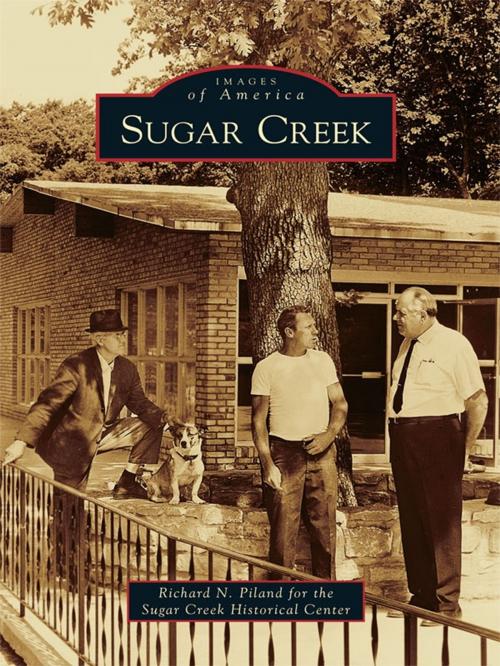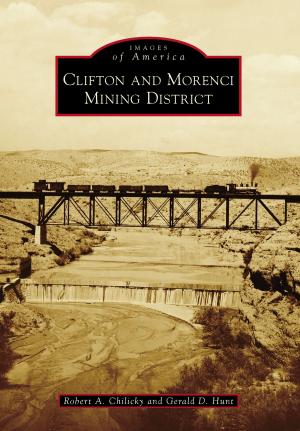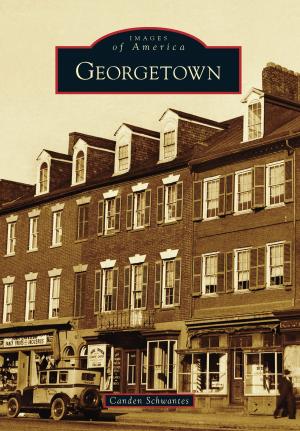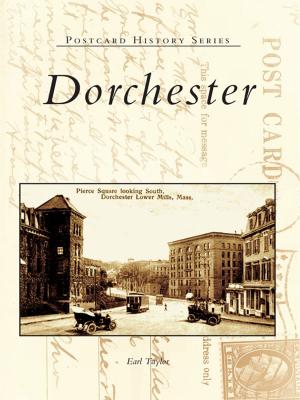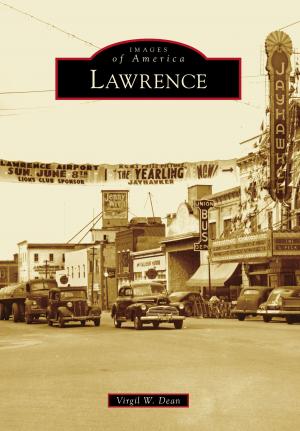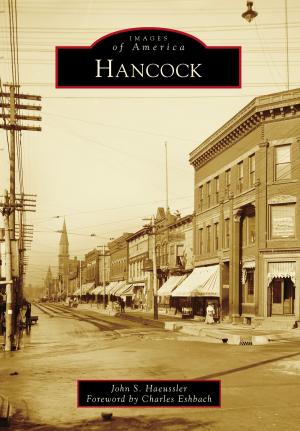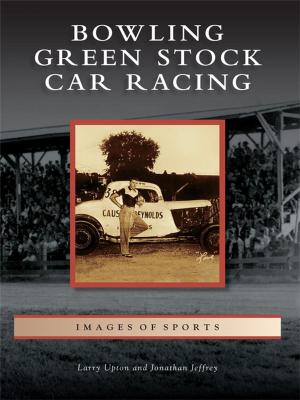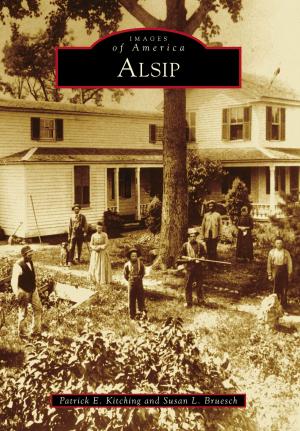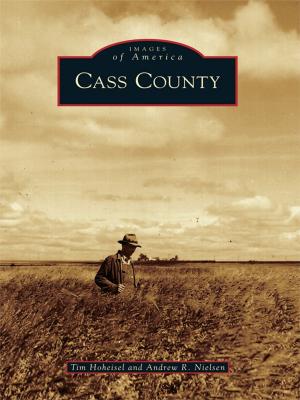| Author: | Piland, Richard N., Sugar Creek Historical Center | ISBN: | 9781439641057 |
| Publisher: | Arcadia Publishing Inc. | Publication: | November 29, 2010 |
| Imprint: | Arcadia Publishing | Language: | English |
| Author: | Piland, Richard N., Sugar Creek Historical Center |
| ISBN: | 9781439641057 |
| Publisher: | Arcadia Publishing Inc. |
| Publication: | November 29, 2010 |
| Imprint: | Arcadia Publishing |
| Language: | English |
During the 1840s and 1850s, many of the pioneers and much of the supplies they needed for overland trips west from Independence on the Oregon, California, and Santa Fe Trails arrived at Wayne City Landing, the steamboat port on the Missouri River in what is now Sugar Creek. In 1892, Arthur Stillwell, a Kansas City railroad man, founded Fairmount Park, a first-class pleasure resort in the southern part of Sugar Creek that would be popular until the 1930s. Standard Oil of Indiana purchased land at the north end of Sugar Creek in 1903 and built a major refinery that would dominate the town until it ceased operations in 1982. Sugar Creek�s early growth evolved around the refinery, and in 1920, the Jackson County Court established the City of Sugar Creek. This book illustrates the history of Sugar Creek in more than 200 vintage images, detailing the people, businesses, churches, schools, and community services that have shaped the town�s past.
During the 1840s and 1850s, many of the pioneers and much of the supplies they needed for overland trips west from Independence on the Oregon, California, and Santa Fe Trails arrived at Wayne City Landing, the steamboat port on the Missouri River in what is now Sugar Creek. In 1892, Arthur Stillwell, a Kansas City railroad man, founded Fairmount Park, a first-class pleasure resort in the southern part of Sugar Creek that would be popular until the 1930s. Standard Oil of Indiana purchased land at the north end of Sugar Creek in 1903 and built a major refinery that would dominate the town until it ceased operations in 1982. Sugar Creek�s early growth evolved around the refinery, and in 1920, the Jackson County Court established the City of Sugar Creek. This book illustrates the history of Sugar Creek in more than 200 vintage images, detailing the people, businesses, churches, schools, and community services that have shaped the town�s past.
